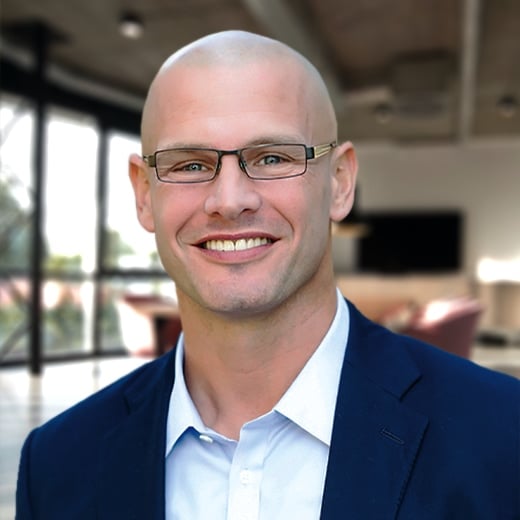2023 Compass Survey Insights: Bridging the Gap for Better Healthcare


During the pandemic, we praised doctors, nurses, and frontline workers as heroes, but we haven't done enough to tackle the ongoing challenges they face day-to-day, and it's starting to take a toll. Our 2023 Compass Survey found that healthcare IT and clinical leaders’ number one concern is provider burnout heading into 2024. Burnout has been leaving hospitals and health systems understaffed, putting even more pressure on the clinicians who stay.
Adding to the problem is that healthcare organizations are dealing with too many separate IT solutions that waste time and lower productivity. Believe it or not, the majority of U.S. hospitals use 50 or more systems to run their operations. And some even work with over 100 vendors to manage their technology. This overload is holding them back from efficient operations and delivering the highest quality patient care.
The truth is our healthcare industry is losing its most talented professionals. We don't have enough nurses and physicians to handle the current patient demand, and things are only going to get worse as many active doctors reach retirement age in the next decade. To build a more efficient healthcare system for both patients and healthcare workers, we need to simplify workflows and use technology that gives clinicians more time to focus on what matters most—providing patient care.
Clinicians crave more time to focus on patients
According to the Compass Survey, by integrating healthcare operations software onto a single platform, clinicians can free up a significant amount of time. In fact, 84% of participants said they could redirect at least 10% more time to patient care, with many saying they could even allocate 20% more time. That's like having an entire extra day in a work week! These findings are supported by a McKinsey & Company report, which predicts that digital automation could potentially free up 10-20% of nurses' time. This could truly be a game-changer for our hardworking healthcare workforce.
Reduce administrative burden and reclaim valuable time
If you're not sure what it means to consolidate technology and give clinicians more time, let me break it down for you.
Nurse leaders, such as floor supervisors and chief nursing officers, spend a big chunk of their day on non-value-added tasks. This can include scheduling, reporting on quality outcomes, doing payroll, communicating with colleagues, and shift handoffs. A study by The American Organization for Nursing Leadership (AONL) found that 60-80% of nurse managers' time is spent on things like recruitment, staffing, and scheduling. Nurses have to navigate through six to eight different systems, wasting countless hours that could be spent on direct patient care.
But here's where enterprise workforce management technology comes in—it's the key to reducing the administrative burden of staffing and scheduling. Research done by Hobson & Company shows that when hospitals use symplr solutions to automate these processes, they can cut the time spent on them by 50%. That means more time for healthcare organizations to focus on things that really matter, like staff development and coordinating care delivery.
Strengthen communication and alignment
Want to free up time and reduce the administrative burden in your hospital? It's not something that can happen overnight. But one crucial step is breaking down the barriers between frontline clinicians, IT professionals, and CIOs who manage software. By encouraging communication and getting everyone on the same page, we can move forward with technology that reduces burnout and improves patient care.
